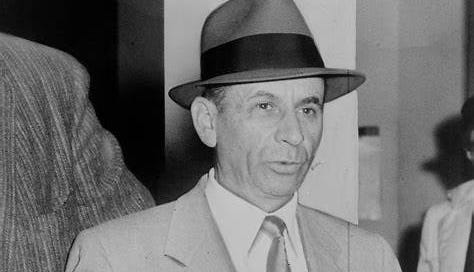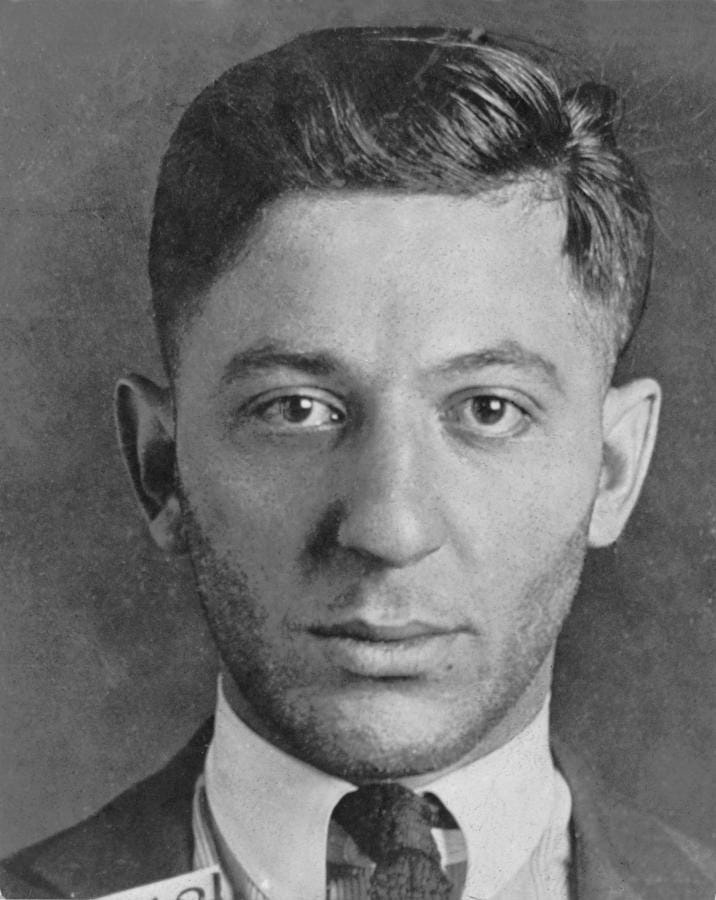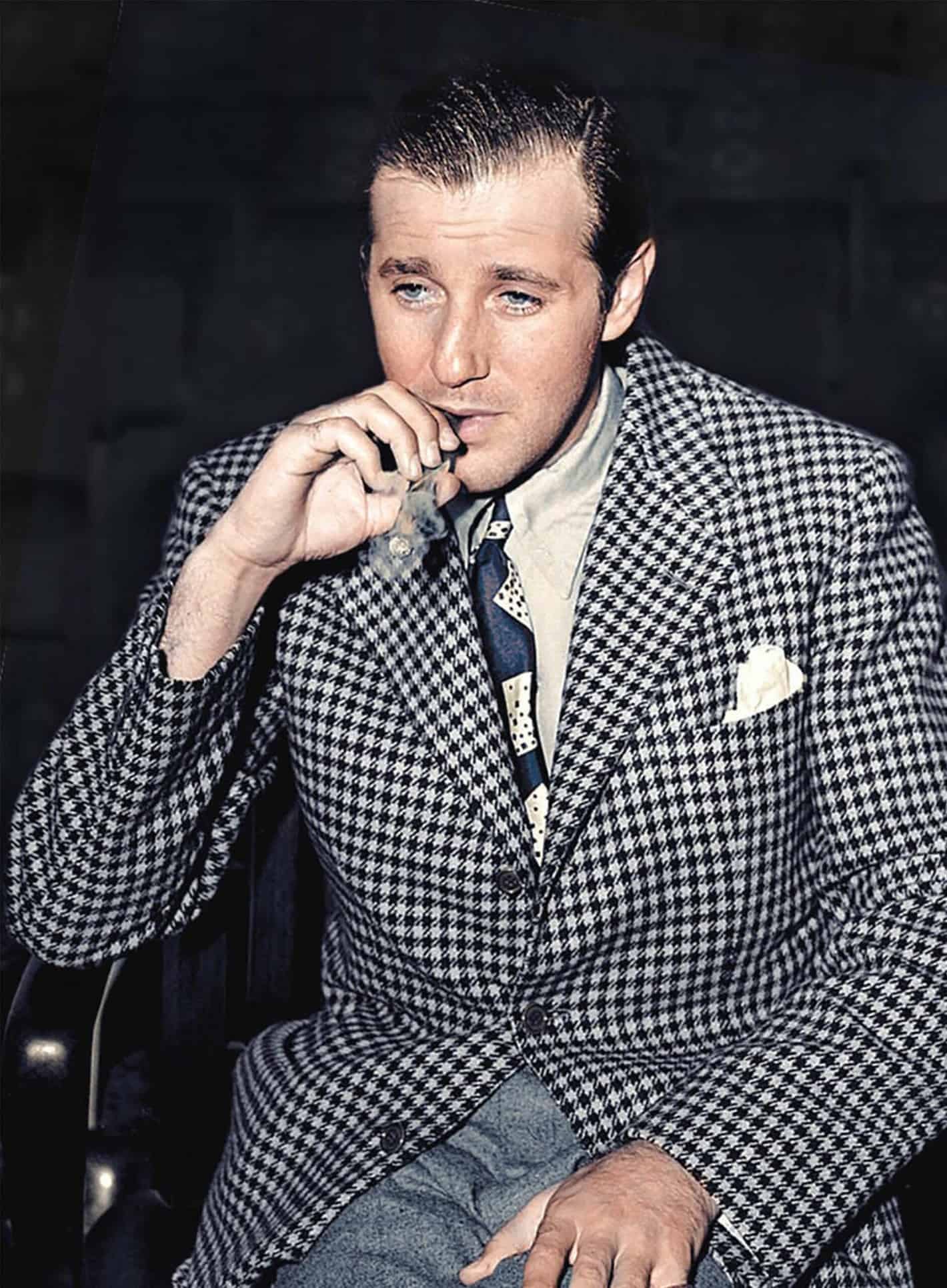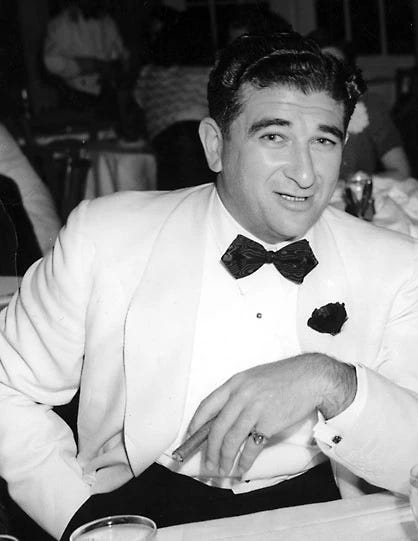The Jewish Mafia
The early-to-mid 20th century saw the rise of organized crime in the United States, but behind the curtain of the more famous Italian Mafia stood a cohort of Jewish gangsters who carved out their own bloody paths to power. These men—men like Meyer Lansky, Louis "Lepke" Buchalter, and Bugsy Siegel—were not just minor players in the underworld, they were its architects, orchestrating everything from labor rackets to Las Vegas casinos, and their influence reverberated across the country.
Meyer Lansky: The Mob’s Accountant
Perhaps no name is as synonymous with the Jewish crime syndicate as Meyer Lansky. Born in 1902, Lansky rose from humble beginnings to become one of the most influential figures in organized crime. Known as “The Mob’s Accountant,” Lansky was the financial mastermind behind much of the operations of the Jewish mafia. His connections reached from New York to Miami, and eventually to Las Vegas, where he helped transform the city into the glitzy, gambling haven we know today.
Lansky’s ability to manage finances and stay out of legal trouble was unmatched. While he was indicted multiple times, his conviction record was remarkably sparse. In fact, Lansky was only convicted once, in 1953 on a gambling charge, serving just three months in jail. His extensive gambling empire spanned across Florida, the Caribbean, and the burgeoning casinos of Las Vegas. His business dealings were shrouded in secrecy, but his influence on the gambling industry is undeniable. As one of the architects of organized crime’s reach into legitimate businesses, Lansky was, and still is, a towering figure in American crime history.
Louis “Lepke” Buchalter: The King of Labor Racketeering
Another key player in the Jewish mafia was Louis "Lepke" Buchalter, born in 1897 on New York's Lower East Side. Buchalter was a master of extortion, controlling labor unions through fear, violence, and intimidation. His criminal activities included blackmail, gambling, and even murder, making him one of the most feared men in New York. In fact, his terror-inducing methods earned him the nickname "The Judge," as he would often administer brutal punishments to those who dared to oppose him.
Buchalter's grip on the labor market was unrivaled. Through his association with the infamous Murder, Inc., a group of assassins tasked with carrying out hits for the Syndicate, Buchalter was able to eliminate rivals with ruthless efficiency. The Syndicate itself—an organization that united mob bosses from across the country—was a brainchild of men like Buchalter, who realized that a united front would make the Jewish mob unstoppable.
His reign of terror was cut short in 1944, when he was convicted of murder and executed in Sing Sing Prison. Yet, his legacy remains; Buchalter’s story is one of ruthless ambition and merciless business dealings.
Benjamin “Bugsy” Siegel: The Mob’s Las Vegas Visionary
In the world of Jewish gangsters, no name carries more mystique than that of Benjamin "Bugsy" Siegel. Born in 1905, Siegel was a flashy, hot-headed mobster who played a pivotal role in the birth of Las Vegas as we know it today. A key figure in the Syndicate, Siegel was instrumental in bringing gambling to the desert and helped open the Flamingo Hotel in 1946, a venture that would later be credited with shaping the modern casino industry.
However, Siegel’s rise to power wasn’t without drama. His defiance of the Syndicate by attempting to keep the majority of the profits from the Flamingo for himself was his fatal mistake. In June 1947, Siegel was gunned down in his girlfriend’s apartment, marking one of the most infamous hits in mob history. His death served as a reminder to all that even the most powerful figures in organized crime were not above the Syndicate’s iron fist.
Abner "Longie" Zwillman: The Al Capone of New Jersey
While the spotlight often shines on figures like Lansky and Siegel, Abner "Longie" Zwillman was just as influential, albeit in a quieter manner. Known as the "Al Capone of New Jersey," Zwillman’s criminal empire spanned bootlegging, gambling, and racketeering. He was a key figure in the formation of the East Coast crime syndicate and served on its board of directors. Despite his violent criminal career, Zwillman was respected within his community for his charitable contributions and support of Jewish causes.
The formation of the Syndicate in 1934 marked the beginning of a new era for Jewish gangsters. By uniting the various crime bosses from New York, Chicago, and beyond, the Syndicate created a unified criminal empire that would thrive for decades. The creation of Murder, Inc.—a group of hitmen tasked with enforcing the Syndicate’s will—was one of the most notable innovations in this period. With figures like Louis "Lepke" Buchalter at the helm, Murder, Inc. became infamous for carrying out hits on behalf of the mob, including the assassination of Dutch Schultz, one of the most notorious mobsters of the time.
The Jewish mafia, while once a powerful force in organized crime, began to lose its influence in the mid-20th century. The rise of new power players in the world of organized crime, along with increased law enforcement efforts, gradually diminished the role of Jewish mobsters in American crime. Nonetheless, the legacy of these men—their innovations in business, their ruthless strategies, and their eventual downfalls—continues to fascinate. Their stories are woven into the very fabric of organized crime in America, and their names remain legends of the underworld.







